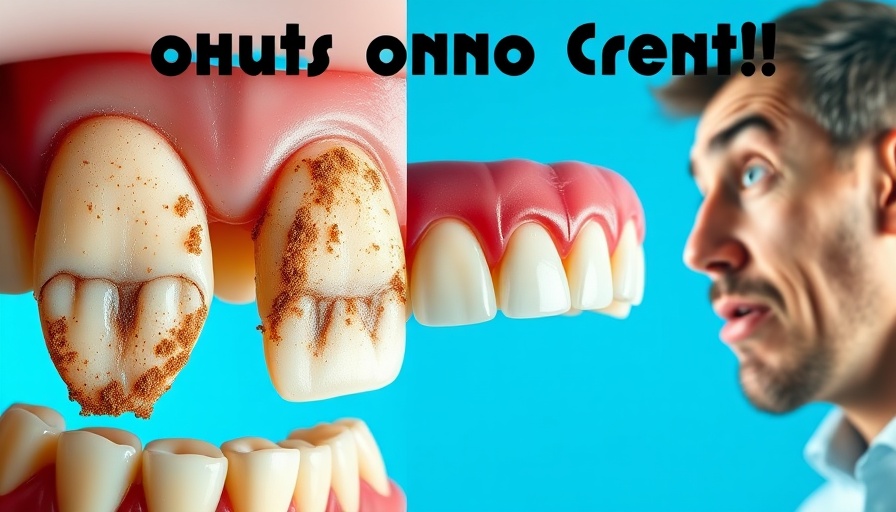
Understanding Dental Plaque: The Battle Against Tartar
Dental plaque, often referred to as tartar, is more than just a cosmetic nuisance. It's a biofilm that forms in our mouths, serving as a protective shield for harmful bacteria, particularly the notorious Streptococcus mutans. This microbe thrives on sugar, producing acid that erodes tooth enamel, leading to cavities and other dental issues. Moreover, the presence of this microbe isn't limited to oral health; it can also be found in other parts of the body, raising concerns about its broader implications for our health.
In 'The #1 BEST Remedy for Dental Plaque (TARTAR)', we explored practical techniques to tackle plaque buildup, prompting us to delve deeper into effective strategies for oral care.
The Risks of Sugar and Starch: A Closer Look
As highlighted in our source material, the consumption of sugar, particularly combined with starchy foods, exacerbates the formation of plaque. This combination creates a sticky glue-like substance that clings to teeth, allowing bacteria to flourish. Understanding this connection is crucial for anyone looking to maintain healthy teeth and gums. By cutting back on sugar and starch, we're not only improving our dental health but also reducing the overall load of harmful bacteria in our bodies.
Natural Remedies to Combat Tartar
The good news is that combating dental plaque doesn't require a trip to the dentist every time. Simple home remedies can significantly improve oral hygiene. One effective method outlined in our reference is the use of hydrogen peroxide and baking soda. Hydrogen peroxide, when used in moderation, helps break down biofilms and whiten teeth, while baking soda works as a mild abrasive that neutralizes acidity in the mouth, promoting a healthier pH balance.
Clove oil adds another layer of effectiveness; it not only helps disrupt biofilms but also provides pain relief for dental discomfort. Integrating these ingredients into your daily oral care routine can lead to remarkable improvements.
Mineral Replenishment: Hydroxyapatite Power
A lesser-known but impactful approach is using microcrystalline hydroxyapatite, a compound that mimics the natural mineral structure of tooth enamel. When blended into your homemade toothpaste, it can penetrate crevices, enabling remineralization, which is essential for preventing tooth decay and reinforcing dental structure.
The Role of Diet in Dental Health
Incorporating nutrient-rich foods is vital to not only oral health but overall wellness. Grass-fed butter, as discussed, is a powerhouse packed with vitamins like K2 and A, essential for maintaining strong teeth. These nutrients help push calcium into bones and teeth, reducing plaque buildup and supporting a healthier mouth.
Interestingly, historical insights from dental pioneers such as Weston Price emphasize the importance of diets rich in fat-soluble vitamins for dental health, further aligning modern findings with traditional wisdom.
Creating Healthy Routines for Dental Care
To truly transform your oral health, integrating a routine that emphasizes cleanliness, proper nutrition, and preventive practices is essential. This means brushing twice a day, using natural products, and being mindful of dietary choices. Additionally, seeking out gum that contains beneficial bacteria can balance out the harmful strains in the mouth, fostering an oral environment less conducive to plaque build-up.
Taking Action: Why Oral Health Matters
The conversation around dental care is not just about appearance; it's about preventing serious health issues that can arise from poor oral hygiene. Monitoring your diet, practicing good dental hygiene, and using effective remedies are crucial steps towards achieving and maintaining not just a bright smile but overall health.
In the spirit of elevating your health journey, I invite you to embrace these practical tips and assess your current oral health habits. Let us promote a healthy lifestyle together, starting today!
. Add Row
Add Row  Add
Add 




Write A Comment